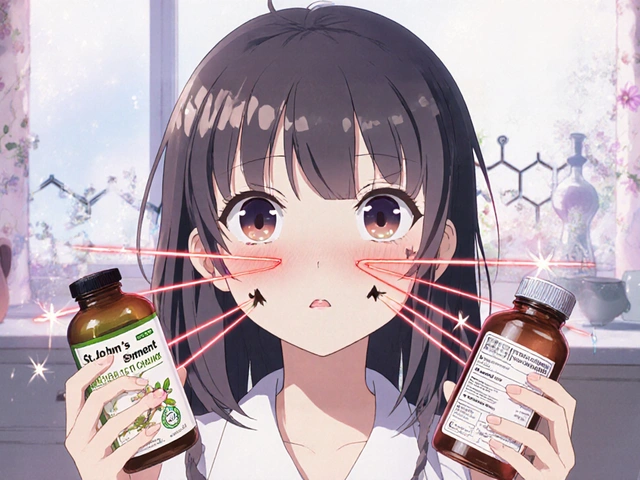Topical antibiotics: what they do and how to use them safely
Topical antibiotics are medicines you put directly on the skin to fight bacterial infections. They treat minor cuts, impetigo, acne, and some skin conditions where bacteria are involved. Because they work locally, they often cause fewer systemic side effects than oral antibiotics. Still, they must be used correctly to avoid irritation and resistance.
Common topical antibiotics you’ll see at pharmacies include mupirocin (often sold as Bactroban), neomycin or bacitracin blends (like over-the-counter ointments), topical clindamycin (used for acne), metronidazole gel (used for rosacea and some infections), and fusidic acid in some countries. Each has a specific role: mupirocin for localized infected wounds and impetigo; clindamycin for inflammatory acne; metronidazole for rosacea. Know the name and purpose before you buy or use one.
When to use topical antibiotics
Use topical antibiotics for small, clearly infected areas: red, warm, tender spots with or without pus. They’re handy for minor wound care, early impetigo, and some acne cases. They’re not for deep or large infections, infected animal bites, or systemic signs like fever or spreading redness. If an area gets worse after 48–72 hours, stop the topical and see a healthcare professional — you may need oral antibiotics or a different treatment.
How to use them safely
Clean the area first with mild soap and water, pat dry, then apply a thin layer of the antibiotic as the product instructions say. Don’t use more often or for longer than directed. Cover with a sterile dressing only if the product or wound needs it. Avoid using topical antibiotics on large areas of broken skin unless advised by a doctor. Do not combine multiple antibiotic creams at once — that raises the chance of irritation and resistance.
Watch for allergic reactions: itching, rash, swelling, or worsening pain. Neomycin, a common ingredient in OTC creams, causes contact allergy in some people. If you notice any of these signs, stop use and get medical advice. Also avoid applying near eyes, mouth, or mucous membranes unless the product is made for that area.
Short courses are usually best. Long-term or repeated use can lead to resistant bacteria on the skin. If you’re treating acne and don’t see improvement in 8–12 weeks, talk to your clinician about other options, like oral antibiotics, benzoyl peroxide combinations, or non-antibiotic therapies.
Shopping tip: read labels for the active ingredient, not just brand names. If you’re buying in Mexico, some drugs have different brand names or formulations — check the active ingredient and dosage. When in doubt, ask a pharmacist for the equivalent active compound.
If a wound shows spreading redness, streaks toward the body, fever, or heavy drainage, get medical care right away. Topical antibiotics are useful for many minor problems, but they’re not a fix for serious infections. Use them wisely, follow instructions, and see a clinician if things don’t improve.





